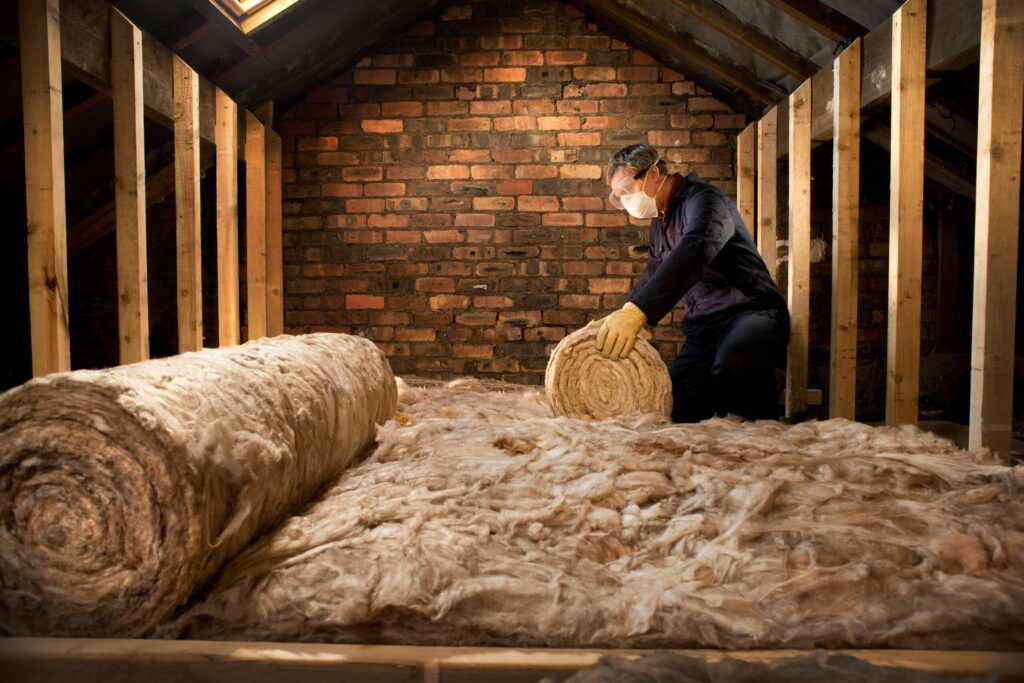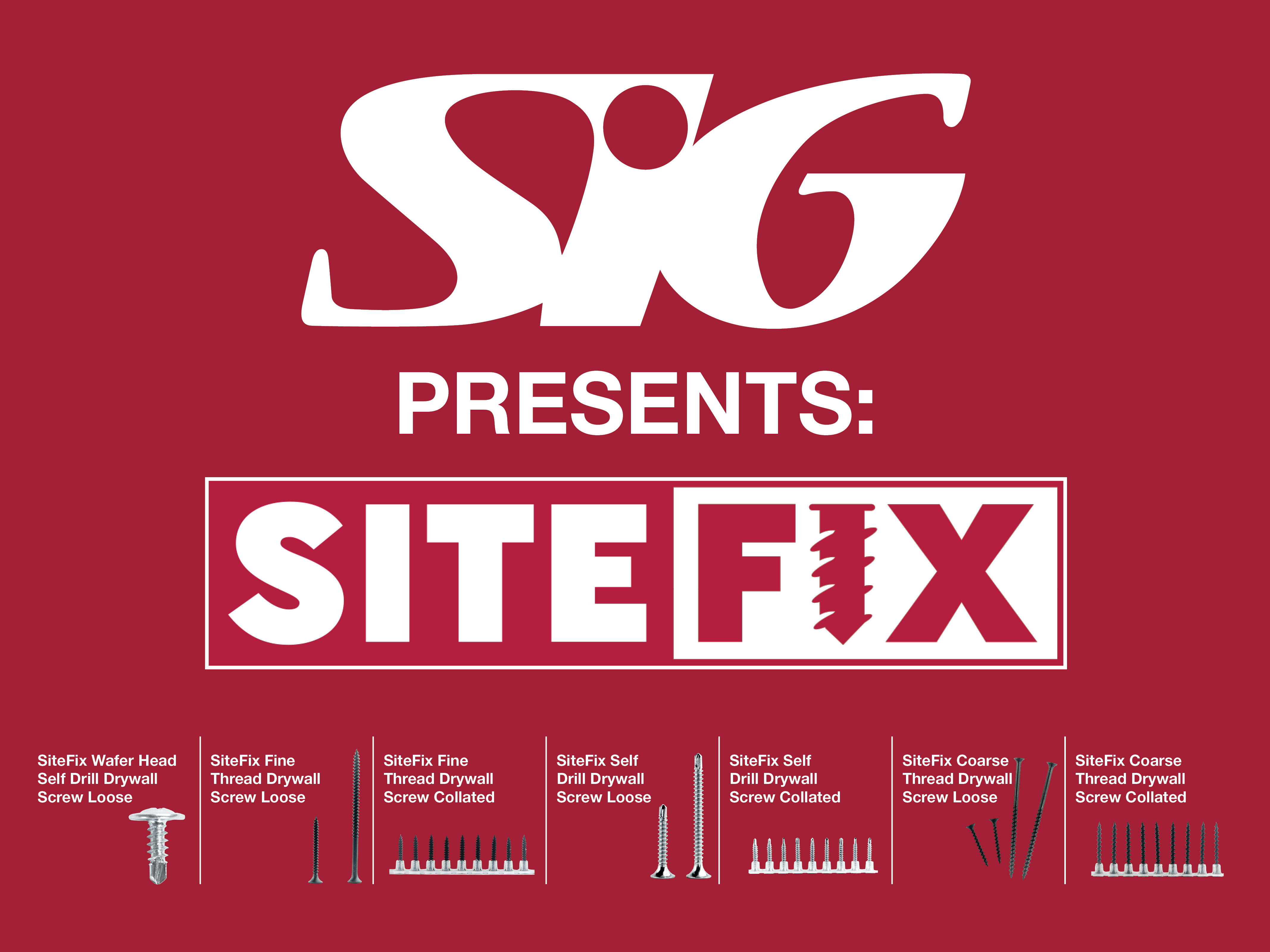 When installing insulation – whether as part of a new-build construction or a renovation of an older property – there are multiple things to consider.
When installing insulation – whether as part of a new-build construction or a renovation of an older property – there are multiple things to consider.
You’ll need to establish which type of insulating material to use, for example, depending on the home in question. Older properties that are prone to damp will need a breathable insulation material, while new builds will have to be compliant with government regulations.
Plus, you’ll need to focus on installing insulation that’s as thermally efficient as possible in your clients’ homes. The more effective the insulation, the happier your clients, meaning great reviews for your business and free marketing as your satisfied customers spread the word about your services.
U-values calculate the rate of thermal transmittance through a building element, such as a wall or, in this case, an attic. The lower the U-value, the better insulated the space is. And with attic insulation being one of the most common types of insulation (after all, 20-30% of a home’s heat is lost through the roof), knowing the optimum U-value for an insulated attic is a no-brainer.
But what is the U-value of attic insulation and why is it so important? Let’s take a look.
What is a U-value?
A U-value measures how much heat is lost (also known as thermal transmittance) through a building component such as a wall or attic. The U-value is measured in W/m²k and the lower the U-value, the more effectively the insulation is working. The higher the U-value, the more heat is lost.
The lambda value of an insulation material alone cannot determine the u-value. A u-value takes the rate of transfer of heat of each building material through the structure, divided by the difference in temperature across that structure. The better-insulated a structure is, the lower the U-value will be.
 Factors That Affect U-Value
Factors That Affect U-Value
Understanding why building elements can end up with high or low U-values is key to improving them. Here are some of the most common factors that dictate a space’s U-value.
- Thermal Conductivity. How well the insulation works to prevent the transfer of heat will affect the U-value of the overall area.
- Poor installation. When installation has been poorly installed, leaving gaps or not covering the appropriate area, heat will be lost from the spaces and the U-value of the area will worsen.
- Thermal bridging. Thermal bridging happens when a material with high thermal conductivity (such as metal) creates a pathway that allows heat to bypass insulation. the metal creates a weak point allowing heat to pass through the metal more easily. Metal joists would perform worse than timber joists for example.
To avoid high U-values, proper installation of insulation is a must. Paying attention to any gaps or areas of high thermal conductivity can avoid a situation in which external factors lead to high U-values.
 What’s the Recommended U-Value for Attic Insulation?
What’s the Recommended U-Value for Attic Insulation?
For lofts and attics, there’s a recommended U-value of 0.16 W/m²K. Keeping the U-value of a space low is key here – as counterintuitive as it sounds, the lower the U-value, the better when it comes to building elements.
The recommended U-value for floors with underfloor heating is 0.15w/m2k and for flat roofs it’s a target of 0.15w/m2k. If you need help working out the U-value of an attic to check it meets recommendations, SIG Technical Solutions can help.
What’s the Recommended U-Value for Homes in Ireland?
Ireland is traditionally a colder, wetter part of the world, so the U-values of building elements should be as low as possible to prevent heat transfer and keep heating bills to a minimum. The cold winters in Ireland can make it costly for people to heat their homes, so the more effective insulation can be at keeping costs down, the better.
A 2016 analysis by Passive House Plus of data from SEAI’s National BER Research tool revealed that the average U-values for new Irish homes have been dramatically improved as a consequence of tightening building regulations – with respective average figures for walls, roofs and floors of 0.17, 0.13 and 0.14 W/m2K. This suggests that in practice, many new homes in Ireland are achieving even better (lower) U-values for roofs than the recommended 0.16 W/m²K.
To get the recommended U-values for different building elements in Ireland, follow the recommended values for walls, floors, attics, roofs, etc. If you’re working on a new build, regulations might dictate the U-value of spaces in the property, so keep up with government legislation and make sure you’re adhering to it.
Insulation Supplies and Expert Advice from Ireland’s Premier Distributor
At SIG, we’re not just Europe’s leading supplier of insulation materials – we’re your partners in achieving optimal energy efficiency. Our extensive range of products is matched only by our wealth of knowledge, ensuring you have everything you need for your next project.
Whether you’re tackling a new build or a renovation, we’ve got you covered. Need to meet specific U-value requirements? Our team of experts is on hand to help you calculate and achieve the perfect thermal performance.
From regulation-compliant thicknesses to cutting-edge materials, we offer comprehensive solutions that don’t break the bank. Our attic insulation range, for instance, combines high-quality performance with affordability, giving you the best of both worlds. Ready to elevate your insulation game? Partner with SIG and access not just premium products, but extensive industry expertise. Get in touch with us today!



